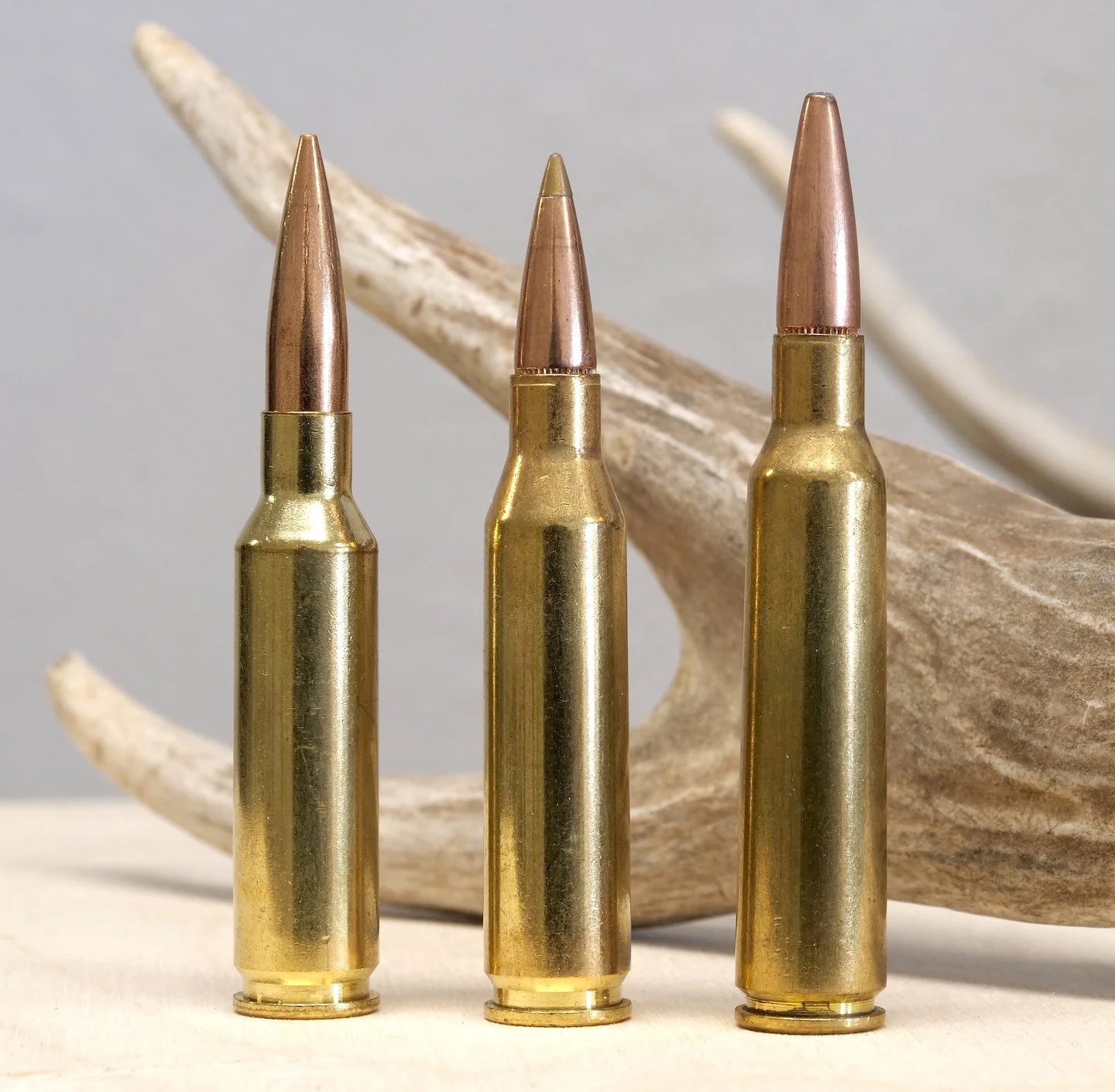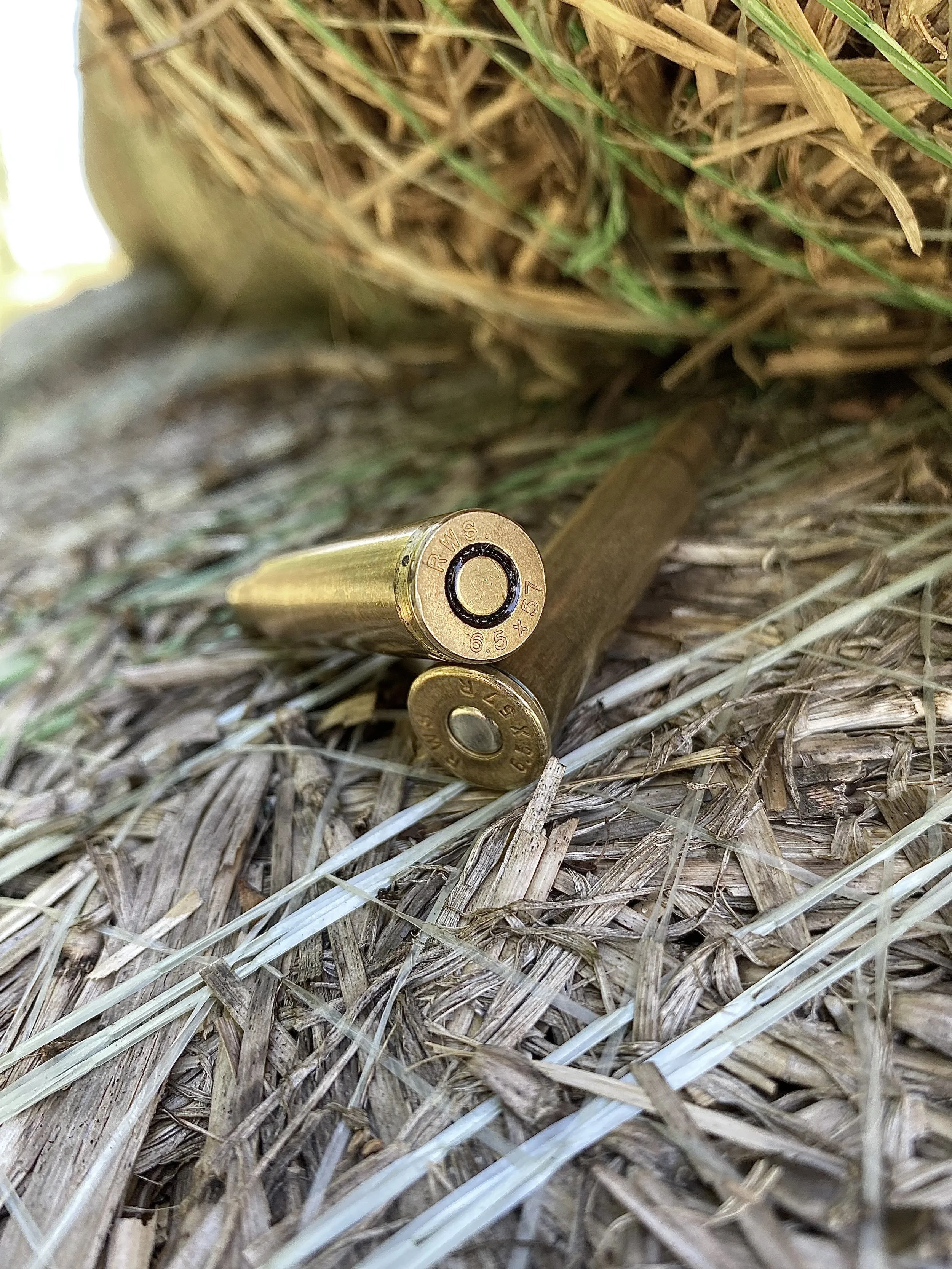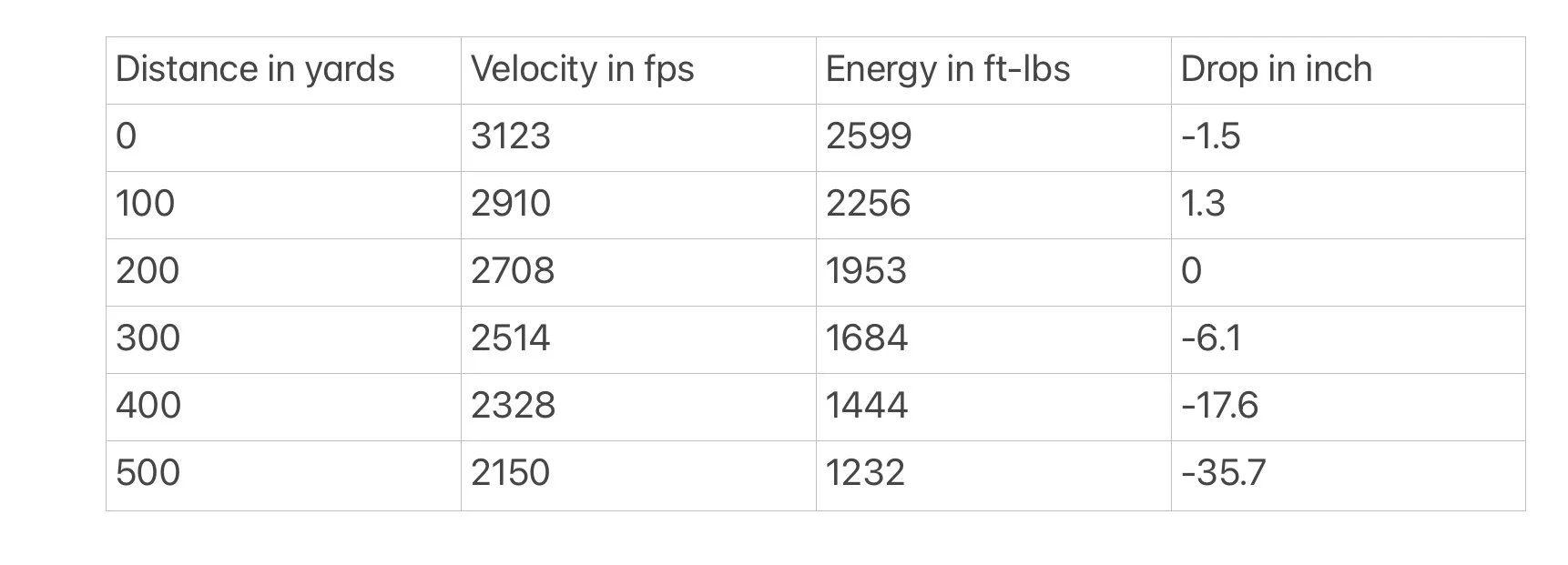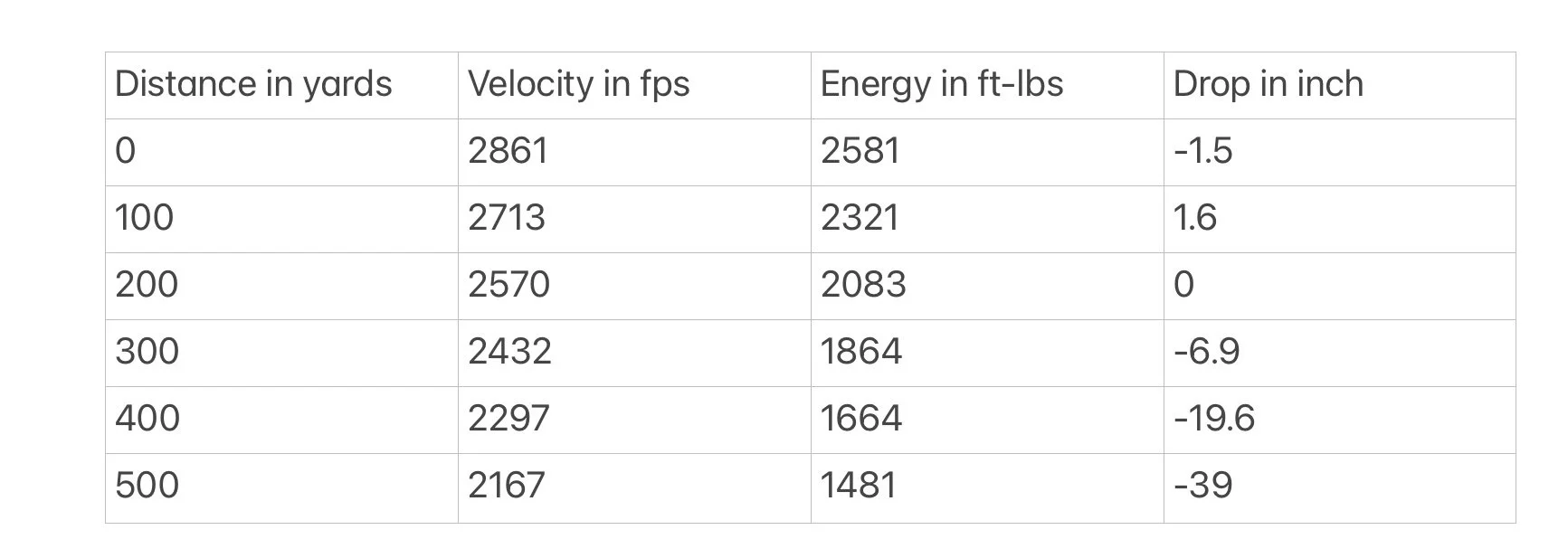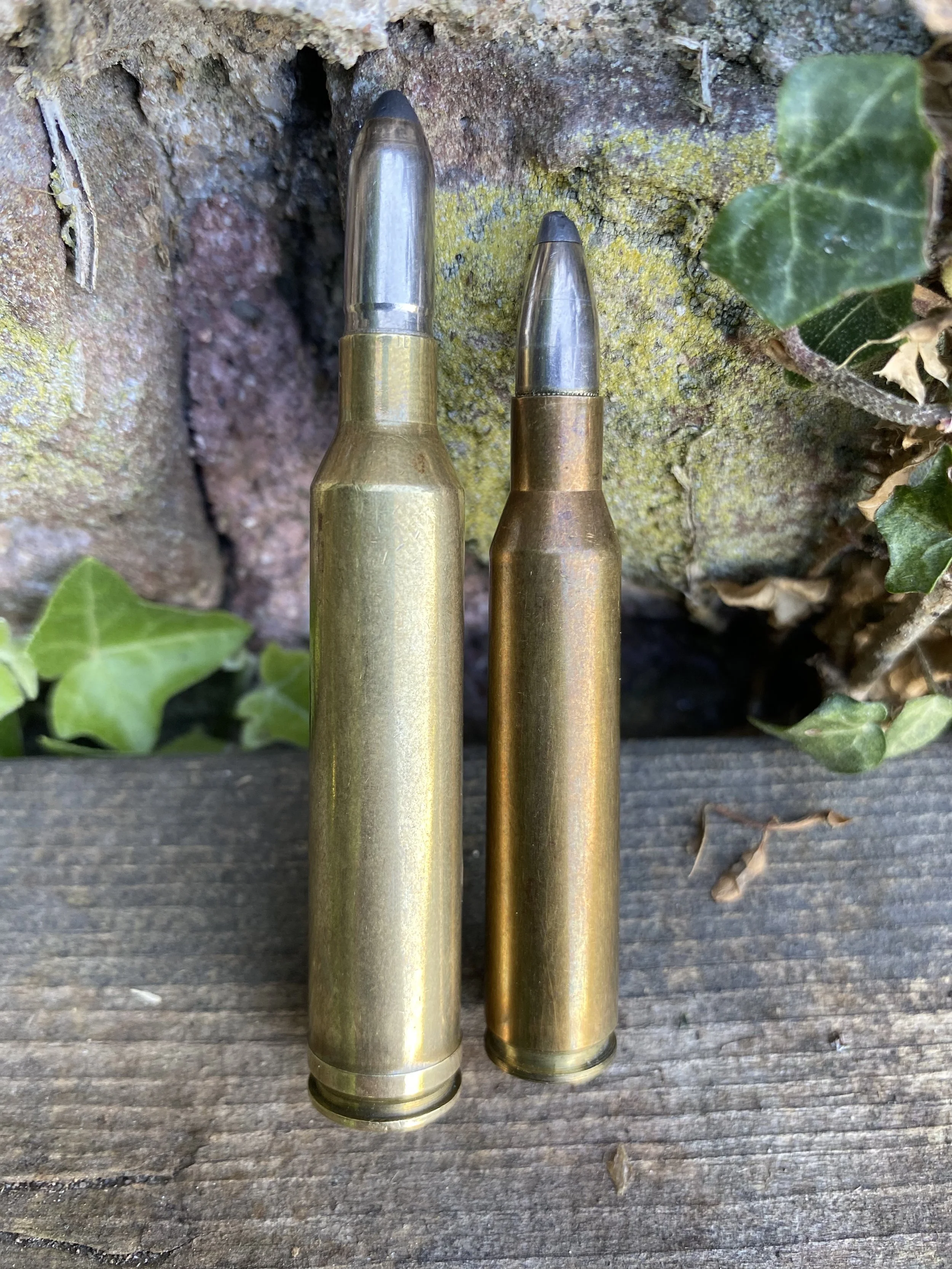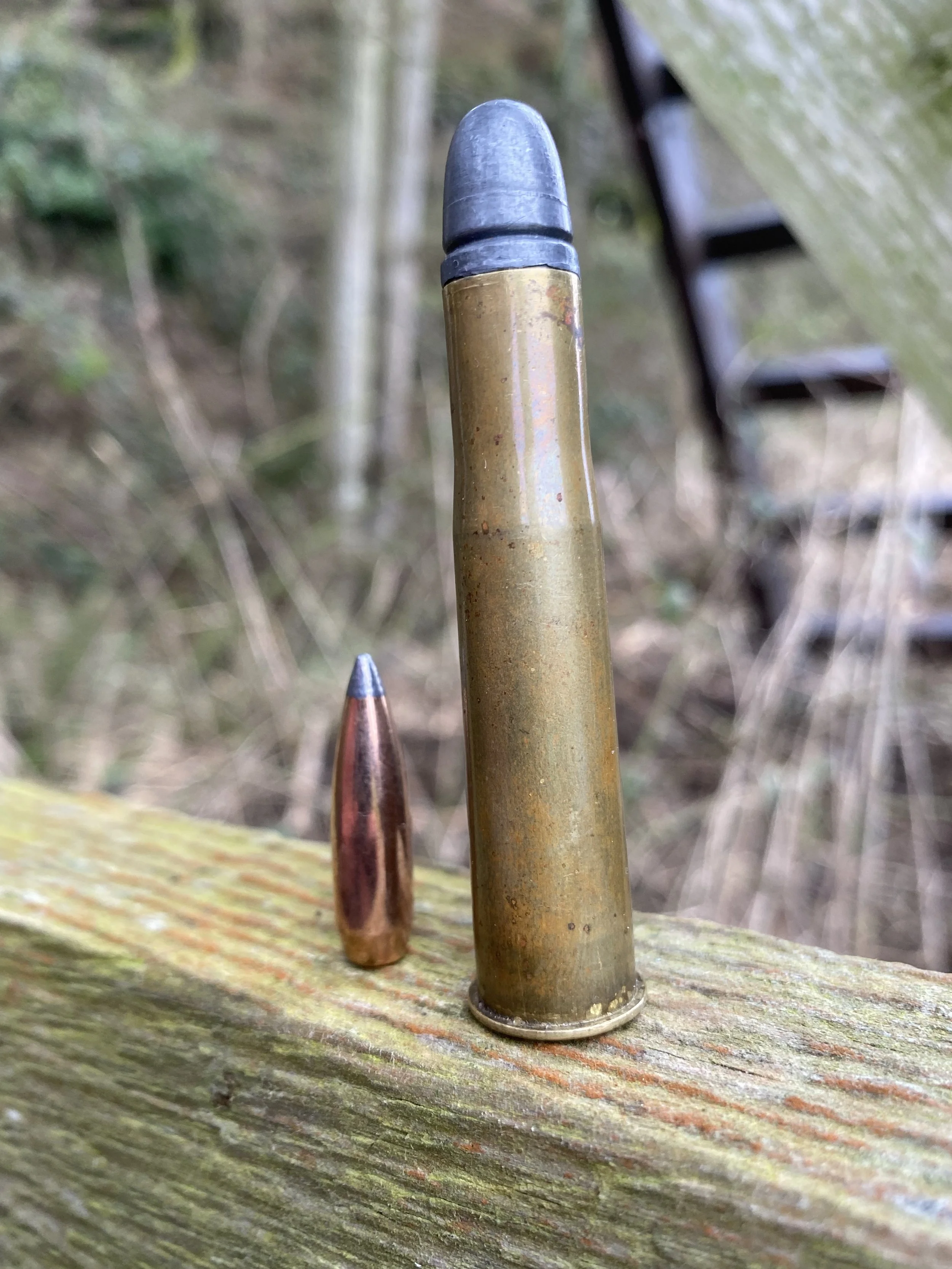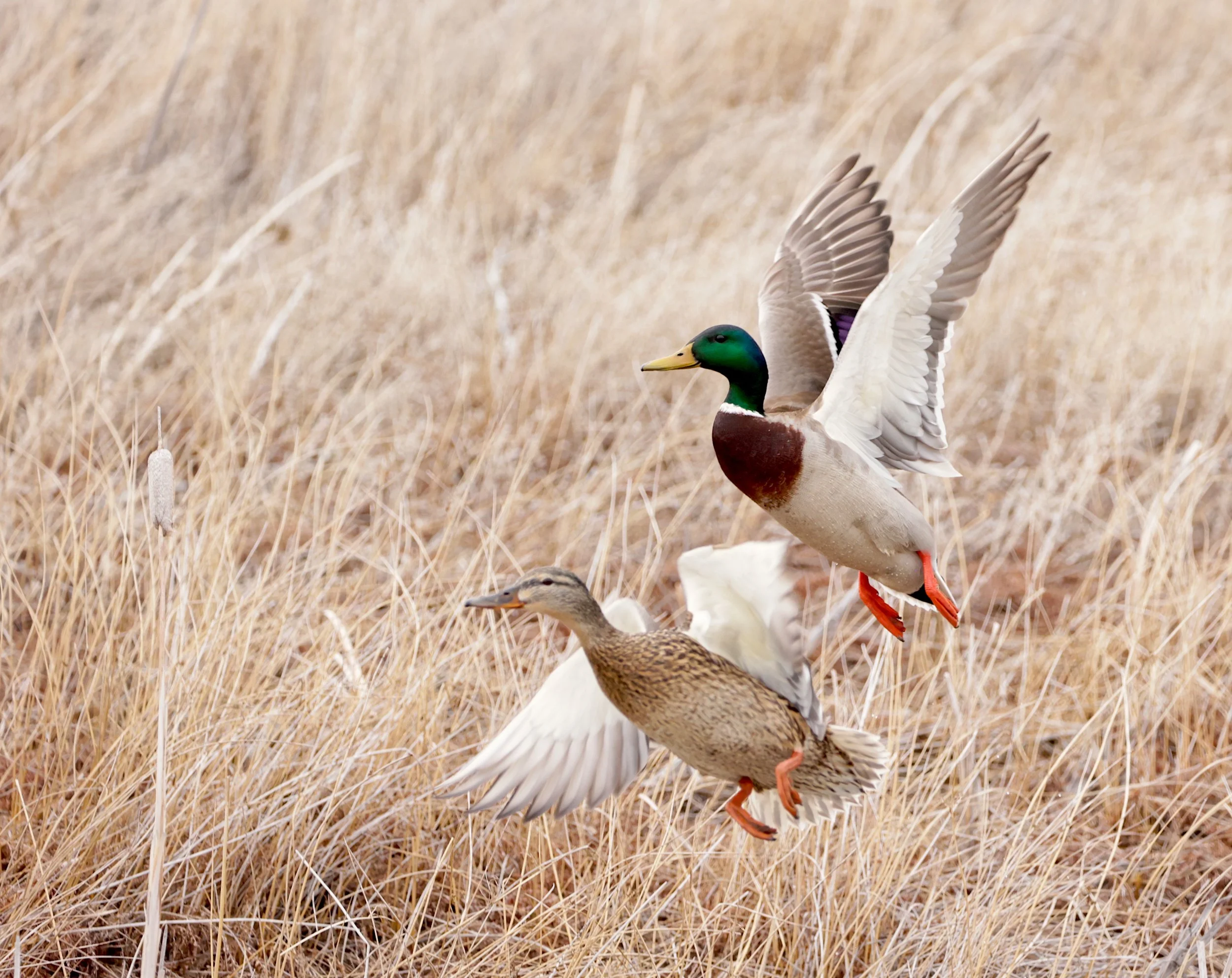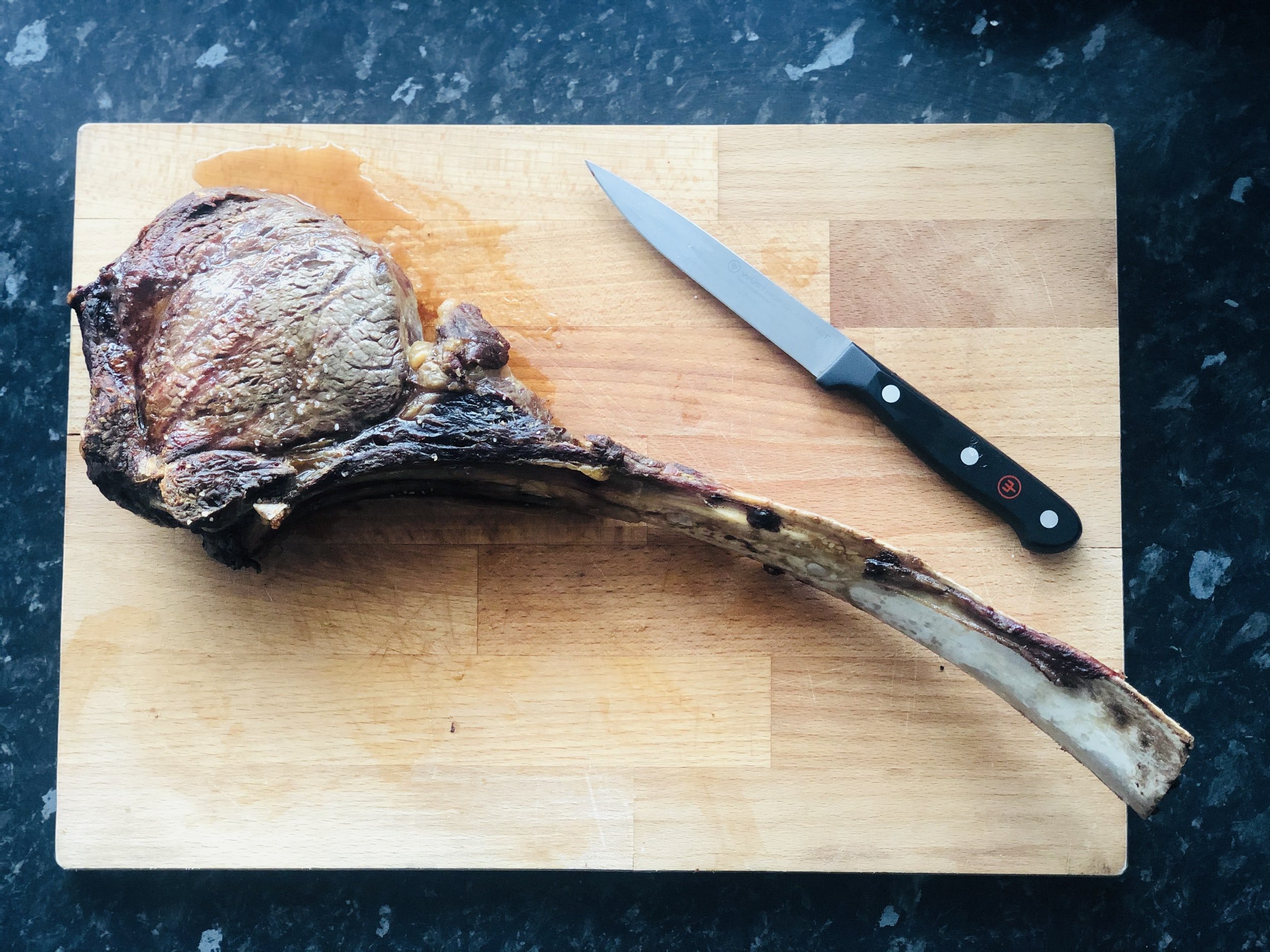6.5x57: Paul Mauser’s 6.5MM
6.5x57mm Mauser cartridges
The 6.5x57, Paul Mauser’s take on the 6.5mm caliber, preceded todays 6.5mm mania by more than 120 years, yet this “antiquated” cartridge outperforms many of today’s 6.5mm darlings and runs neck and neck with others.
If you consume any outdoor media, you might believe that 6.5mm bullets shoot flatter and penetrate deeper than any other bullet ever could. With barely any recoil! Need to terminate a mouse on the horizon? Grab your 6.5mm. Need to teach an impolite buffalo a lesson? Do it with your 6.5mm! (That might be a tiny bit exaggerated, but you get my point.)
The truth, of course, is there’s nothing miraculous about a piece of metal .264 inch/6.5mm in diameter. But it certainly is easy to build long, aerodynamic bullets in this caliber. The sleek shape of such bullets makes for high ballistic coefficients and sectional densities. And, as you probably know, those determine trajectory and penetration to a large degree.
Sleek, modern bullets bring the 19th century 6.5x57 Mauser right into 21st century ballistic performance.
Recent years have brought us a bunch of new 6.5s. These include the 6.5 Creedmoor, 6.5 PRC, 6.5 Grendel, .26 Nosler, 6.5-300 Wby. Mag. and 6.5 Wby RPM. They join the ranks of older, still very useful 6.5mm cartridges like the 6.5x55 Swede and the .264 Win Mag. The rise of the Creedmoor, in particular, opened the 6.5 flood gates. It spurred the development of newer and more specialized cartridges of this diameter. It seems like everyone wants to create and sell their own 6.5mm cartridge now. As a result, there’s a good selection of 6.5s from mild to hot. AR-compatible, short-action, standard length, or magnum. The 6.5 Creedmoor and the 6.5x55 Swede are probably the most popular of the bunch. But there’s another 6.5 we’ve overlooked. The mystery 6.5mm hardly anyone knows despite it having been created by one of the most famous gun and cartridge creators of all time. Peter Paul Mauser.
Mauser’s 6.5x57 fits right in with this trio, the 6.5 Creedmoor, 260 Remington, and 6.5x55 Swede.
While most of us know Mauser unleashed his 7x57mm in 1893, few know he turned loose his 6.5x57mm Mauser a year later. The 6.5x57mm Mauser is a necked down version of the 7x57mm. Or maybe it isn’t. Perhaps it was a parallel development just released later. That’s not entirely clear. It’s almost as old as the 6.5mm Swede, which was designed in 1891 and adopted as a service round in 1894. Unlike the Swede, however, the 6.5x57 never became a mainstream cartridge outside of Central Europe. Looking at it now raises this question: With this in the stable, do we really need all these new 6.5s?
Headstamps of the two 6.5x57mm cartridges — rimmed and rimless
While the 7x57mm made for a great military round, Paul Mauser’s 6.5mm version was intended for sporting use only. It has never seen service use. It is therefore legal even in countries that prohibit military cartridges for sporting use. Mauser doubled down on his concept in 1910 and released a rimmed version of his cartridge for break action guns, the 6.5x57mm R. Due to the popularity of break-action rifles and combination guns in Europe, the rimmed twin was a hit, too.
The case is too long at 2.232 inches to fit a short action. That is the only downside from a design standpoint when comparing it to some of its 6.5-competitors. And only if you’re convinced a standard length action is a true disadvantage. The case can hold up to 59 grains of water. That means it has space for enough power to drive even the heavier .264 bullets to respectable velocities. To appreciate this, consider the 6.5 Creedmoor holds just 52.5 grains of water.
Powder volume isn’t the only variable determining muzzle velocity, but 12% higher case capacity compensates for the more efficient burning inside a short fat case like the Creedmoor. The difference in maximum chamber pressure (56,000 psi vs. 62,000 psi) handicaps the 6x57 somewhat. The modern, higher pressure limit of the 6.5 Creedmoor is a big reason why it beats some of the old 6.5 classics in muzzle velocity. At least in most factory loads.
6.5x57mm Mauser Performance
Let’s compare performance between the 6.5x57mm Mauser and the 6.5 Creedmoor. We’ll ignore more powerful cartridges like the .26 Nosler and 6.5-300 Weatherby. They’re in a league of their own anyway.
For this comparison, I picked a 120-grain lead-free T.X.R.G. bullet from Sellier and Bellot since a factory load is available in both chamberings. The bullet has a G1 ballistic coefficient of 0.414. The data for Mauser’s 6.5mm was measured from a 23.6-inch barrel and the data for the Creedmoor from a 21.6-inch tube, so I added 50 fps to the advertised muzzle velocity of the latter to compensate for this difference.
6.5x57mm Mauser, 120-gr., 200-yard Zero
6.5x57mm Sellier and Bellot factory load with a 120 grain TXRG bullet from a 23.6 inch test barrel, 200 yard zero
6.5mm Creedmoor, 120-gr., 200-yard Zero
6.5 Creedmoor Sellier and Bellot factory load with a 120 grain TXRG bullet from a 23.6 inch test barrel, 200 yard zero
Looking at these numbers, it’s easy to scoff at the 6.5x57mm Mauser. But only if we’re talking about factory loads exclusively. They’re often kept below maximum chamber pressure to avoid safety issues in older rifles. You may be surprised if you look at some of the reloading data for the 6.5x57 cartridge. Safe handloads can deliver a lot more. So this next table shows a load using Alliant Reloder-26 behind a Nosler Ballistic Tip bullet weighing 120 grains. Still well within the allowed pressures, the sizzling muzzle velocity of 3123 fps from a 23.6-inch tube clarifies what this cartridge is capable of when loaded for maximum speed.
6.5x57mm Mauser, 120 grain Handload, 200-yard Zero
6.5x57mm handload with a 120 grain Nosler Ballistic Tip bullet from a 23.6 inch test barrel, 200 yard zero
As you see, beating the Creedmoor in all these three categories is quite realistic. And you can also find loading data for 142-grain Accubond Long Range bullets for even better long-range ballistics. Those are going as fast as 2,861 fps with the same powder. That is quite some production, in my opinion. (But to be fair, let’s admit you can squeeze additional performance out of the 6.5 Creedmoor, too, roughly 100 fps more MV.) Let’s have a look at the ballistics of Nosler’s high B.C., long-range bullet nonetheless.
6.5x57mm Mauser, 140 grain Handload, 200-yard Zero
6.5x57mm handload with a 142 grain Nosler Accubond Long Range bullet from a 23.6 inch test barrel, 200 yard zero
Clearly these trajectory numbers suggest the old, obscure (in the U.S. anyway) 6.5x57mm Mauser is anything but anemic. The old gal can hang right with the Creedmoor.
Given this level of performance, it’s no surprise the 6.5mm Mauser saw widespread use in African colonies. An Australian-born hunter, poacher, and game warden named Pete Pearson chose it as his designated cartridge for small to medium African game. He typically carried a 577 Nitro Express double for his dangerous game hunting. But on occasion, he downed bigger game including elephant with his deep penetrating 6.5x57mm. This man knew something about the “right bullet in the right place.” What Karamojo Bell did with a 7x57mm Mauser, he did with a long, heavy .264.
Many rifles besides the Mauser 98 have been chambered 6.5x57mm. Some include the Mauser Model 66, Model 2000, and Sauer 80/90/202 models. Various companies built drillings or over/under shotgun/rifle combination guns for the R-version. Lightweight, robust, and easy to disassemble single-shots represent a terrific choice for mountain hunts in tough conditions. Finding a quality used gun in 6.5x57mm shouldn’t be tough.
Who wouldn’t salivate over a Sauer 202 like this in 6.5x57 Mauser?
When the cartridge first hit gun stores, it was marketed as a designated option for lighter ungulates like roe deer and chamois while also being legal on heavier game like fallow deer, red deer, and wild boar. The lighter bullets ranging from 90-120 grains fly flat enough to give a long maximum point blank range even considering the small target zone of the smaller animals. These are fragile and thin-skinned, so deep penetration is no concern. And, since they’re seldom shot beyond 300 yards, a high MPBR is more valuable than high B.C. numbers for best field performance. Bullets of 130-140 grains are better for deeper penetration on bigger bodied quarry. Long-range target bullets are not readily available in factory loads, but handloaders can rectify that. They’ll also find .264 bullets as heavy as 159 grains for close-range punch on bigger animals.
The storied red stag of Europe (and now New Zealand and Argentina) isn’t walking away from a good bullet sent to its vital from a 6.5x57mm Mauser.
If an American hunter picked up a rifle chambered for the 6.5x57mm Mauser, he’d be carrying a splendid, light recoiling tool for pronghorn, whitetails, mule deer, sheep and goats. A well-placed expanding bullet can handle elk, too. In Africa this will more than suffice for plains game as heavy as oryx, kudu, wildebeest, even zebra. Let’s face, Mauser’s 130-year-old 6.5 does what the 6.5x55 Swede and the 6.5 Creedmoor do. It’s just not as well known. And that gives it a certain “cool” factor. Pick one up and you’ll be the cool guy in camp. Get the rimmed version in a break-action single shot and you’ll be even cooler.
Comparing the 6.5x57mm to the 7mm Rem Mag




